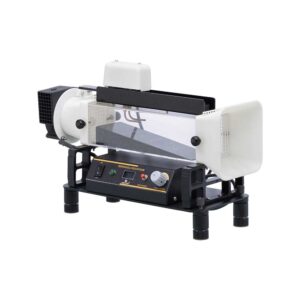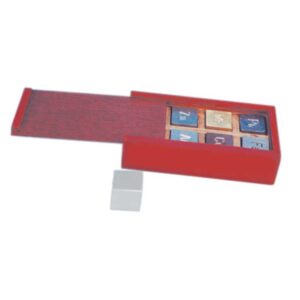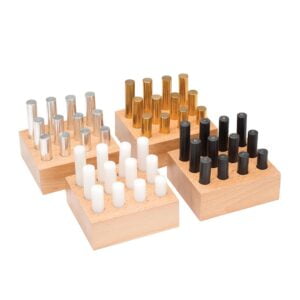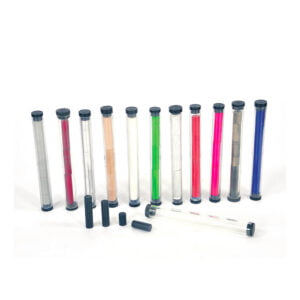Mechanics
-
Mechanics
Apparatus for Bernoulli’s Principle
Principle:
The Bernoulli’s Experiment utilizes a streamlined channel equipped with a pressure sensor strategically has ability to place at various cross-sections of the flowing air. By measuring dynamic and static pressures at these points under controlled flow conditions, the system verifies Bernoulli’s equation.
Objective:
- To experimentally confirm the validity of this equation, which describes the conservation of energy in fluid flow.
- To measures static and dynamic pressure at different points within a flowing fluid, alongside flow rate and temperature
- To analyses the relationship by controlling flow rate and monitoring pressure changes, between pressure, velocity, and elevation, as defined by Bernoulli’s equation.
Key Features:
- Streamlined Design and Wireless Technology: The apparatus features a compact and easy-to-use design with strategically placed pressure sensors. Wireless sensors eliminate the need for cumbersome cables, enhancing portability and ease of use.
- Real-time Data Acquisition and Analysis: Data from the wireless sensors is transmitted directly to a tablet, allowing for convenient graph plotting and real-time analysis of pressure changes. This simplifies data collection and visualization, streamlining the verification process.
- Cost-Effective and Transparent Design: Compared to alternative systems, the Supertek apparatus offers a more affordable solution for verifying Bernoulli’s principle. Additionally, its transparent acrylic cover allows for clear visualization of the air flow within the channel, enhancing the learning experience.
BER1-C -
-
Mechanics
Density Identification Set, Set of 15
The set consists of specimens of 15 different types of materials. Students measure the mass, length, and volume to determine the density of each of the materials. The set contains a sturdy storage base with one sample each of Walnut, Pine, Maple, Polypropylene, Polyethylene, Polyamide, Acrylic, Polyurethane, Phenolic, Polyvinylchloride, Delrin, Aluminium, Brass, and Copper. Samples are stamped with a letter code for easy identification. Instructions included.
PH10044 -
-
Mechanics
Material Kit, Solids
Consists of two of each of the seventeen blocks as follows:
- Blocks, 50 x 40 x 30 mm – Softwood, Hardwood, Paraffin wax, Aluminium, Iron, and Polystyrene.
- Blocks, 20 x 20 x 100 mm – Perspex, Glass, Slate, Aluminium, Softwood, Marble.
- Block, 50 x 50 x 20 mm – Lead.
- Block, 50 x 50 x 80 mm – Aluminium.
- Block, 50 x 50 x 200 mm – Hardwood.
- Block, 20 x 20 x 50 mm – Brass.
- Block, 40 x 40 x 20 mm – Iron.
PH10051 -
Mechanics
Density Blocks Constant Volume
To understand the relationship between mass and volume, the Set consists of nine blocks of size one cubic inch. Each block is made of a different material, including Maple, Pine, and three different types of Plastic, Aluminum, Copper, Steel, and Brass. With instruction manual.
PH10056 -
Mechanics
Density Blocks Constant Mass
To understand the relationship between mass and density, each block has approximately the same mass of 20g, and the size of each block is different because the density of each is different. The set includes one each of Pine, Maple, PVC, Nylon, Acrylic, Aluminum, Copper, Brass, and Steel. Includes Instruction manual.
PH10057 -
Mechanics
The Density-Slope Set
The colorful set consists of 48 specimens of twelve different types of material. The specimens are packaged in an acrylic tube as 12 sets of four. Set includes samples of Maple wood, Polypropylene, Nylon, Acrylic, Polyurethane, Phenolic, PVC, Copper, Brass, Teflon, Polyethylene and Aluminum. Students measure the mass and volume of different specimens and graph their masses as a function of volume. The graph produces a line for each substance, whose slope equals the density of the substance. Students learn that the density of a substance is constant even as it’s mass and volume change. With instructions.
PH10061


















